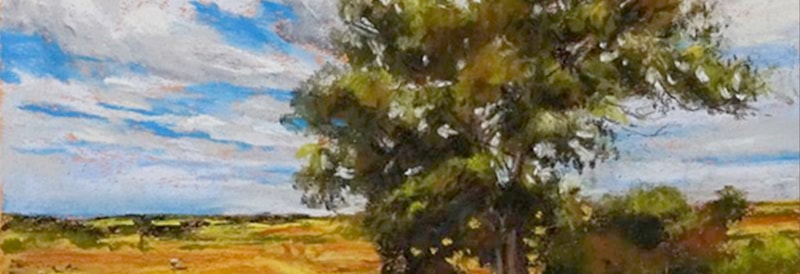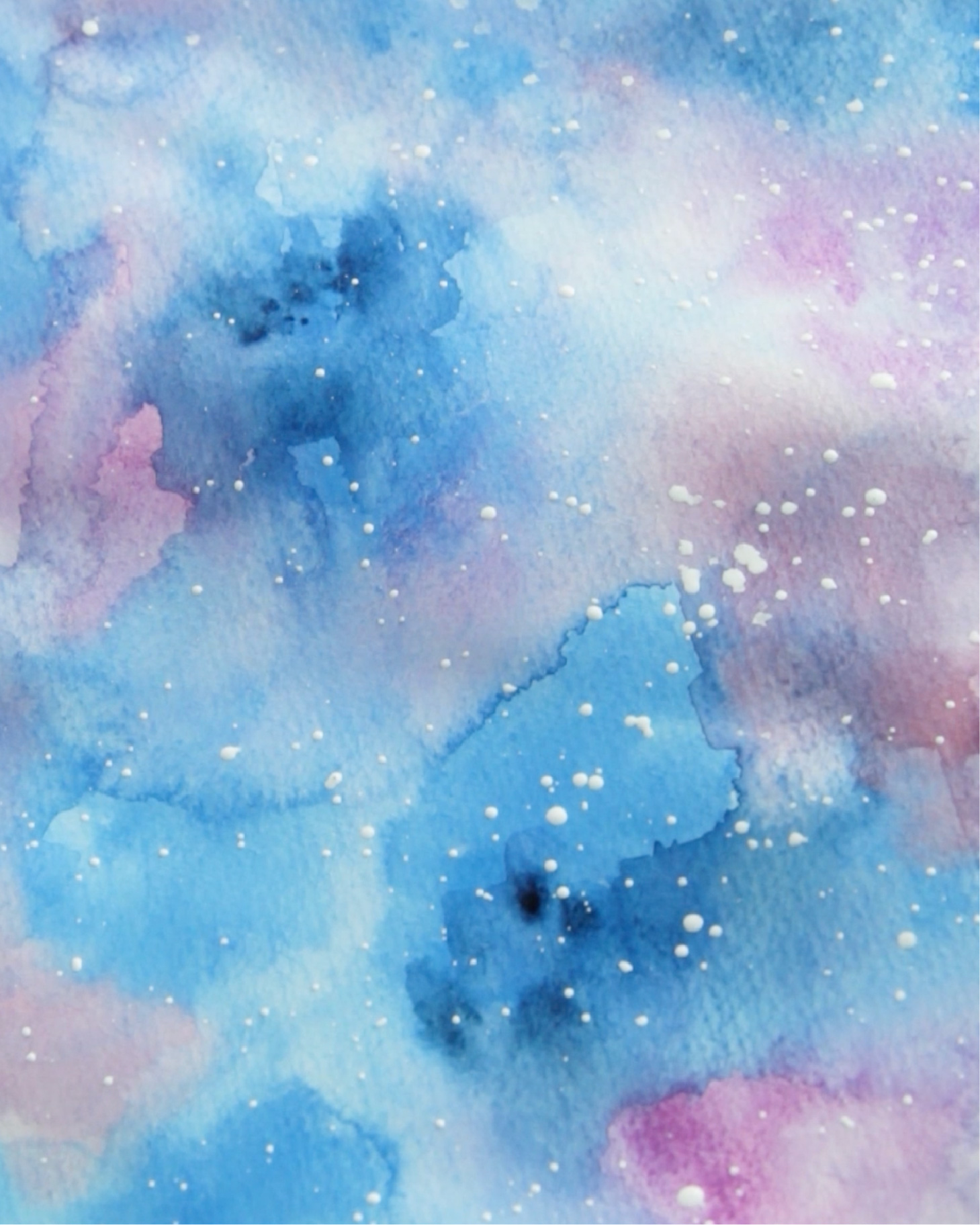When it comes to painting or colouring, most artists have a preferred medium that they like to work with. Some prefer oil painting while others water colours and some others prefer using oil pastels. However, no one becomes a pro at painting overnight. The best way to figure out the medium you would like to work with the most is to try all of them. This means starting from the basics and practising, once you find out which medium you like the best.
In this article, we will be discussing how to use oil pastels to depict a tree in the foreground, with an open field as a landscape in the background.
What you will need:
- Orange-toned pastel paper
- Camel Artist Oil Pastels
- Camel Compressed Charcoal Sticks
- A reference photo of the tree
Here is the process of how you can colour using oil pastels:

Take a look at the tree and observe the shape. Begin by drawing the shape of the tree with the charcoal on orange-toned pastel paper. Choose an orange-toned pastel paper as it is a light tone and makes for a nice contrast to the blue sky. Also, using a warm tone like light orange will help create a warmer feel to the piece – like a summer day. The horizon can be defined by using a dark shade.
Getting the sky right

Starting with drawing out the tree and bushes near it with charcoal will help block the darker shapes on the paper; add the lighter shades later on. Since pastels can be used to colour in layers, you can start with covering the background first. Once the background is done, you can cover the foreground and the middle ground.
Use a combination of sky blue and medium blue from the oil pastels. It is common to use a lighter shade of blue while colouring the sky. This time, use a relatively darker shade of blue to make sure that the light clouds can be shown through contrast. You can always make the blue of the sky lighter once the clouds are done.
Use white for the overall colour of the clouds and a lighter shade of grey for the shadow of the clouds. Soften the darker clouds by applying an additional shade of lighter grey for a transition effect with the highlights being coloured in white.
Getting the foreground and the middle ground right

Once the sky is set, you can start working on colours for the middle ground and foreground of the picture. Start by colouring the tree that is the focal point of the picture.
Block the shape of the tree by using a dark yellow-green colour. Apply this colour directly over the charcoal sketch. As you colour, the charcoal that was already coloured in will mix with the dark yellow-green tinge, giving the tree an overall darker shade. This application of colour may seem strong and intense at first but as you continue colouring, you will notice that the intensity of the colour reduces. Apply the same shade of dark yellow-green at the bottom of the horizon.

In order to develop the mass of the tree, continue colouring layers to it. After dark yellow-green, give highlights of a lighter shade of yellow-green above the shadowed areas. Burnt sienna should work well as the colour for the tree trunk. You can use a richer version of blue mixed with the previous shade, to create a cooler tone of blue, as shown in the image.
Use a shade of yellow ochre for the distant field and burnt sienna for the foreground. Use black to create a slight contouring effect along the borders of the leaves of the tree. This will give the tree a depth that looks natural.

Since most of the tree will be fully coloured in, only a few gaps will be visible. Fill these with the light blue that you used to colour the clouds. Within these gaps, you can show branches of the tree using black and light cream shade.
Getting the details right

Use a variety of colours such as black, yellows, browns, blues and cream for the distant landscape.
Create tall green grass in the foreground using a dark yellow-green colour. Apply burnt sienna and a rich shade of blue as well to the grass, to make sure that the colours in the whole picture stay within the same tonality.

Add depth by colouring the grass with a lighter shade, like yellow ochre and light yellow-greens.

To complete the picture, add a few bright-coloured strokes and dots on the grass in the foreground, to give it the impression of blooming flowers.
In conclusion, when painting such detailed pictures using oil pastels, it is important not to allow the details to overwhelm you. The key is to focus on the relationship between the different shades and values of colours used. Allow the picture to take shape under your scrutiny while trying to get it all right. To gain success with oil pastels, there need to be multiple applications of various colours that are rich for depths within the scenery to be visible.
Did you try this tutorial on tree painting with oil pastels?
Share your experience with us in the comments below.
Leave a comment

Comment added
Comment updated
Comment deleted
More inspiration
“
“You don't choose art. Art chooses you.”






